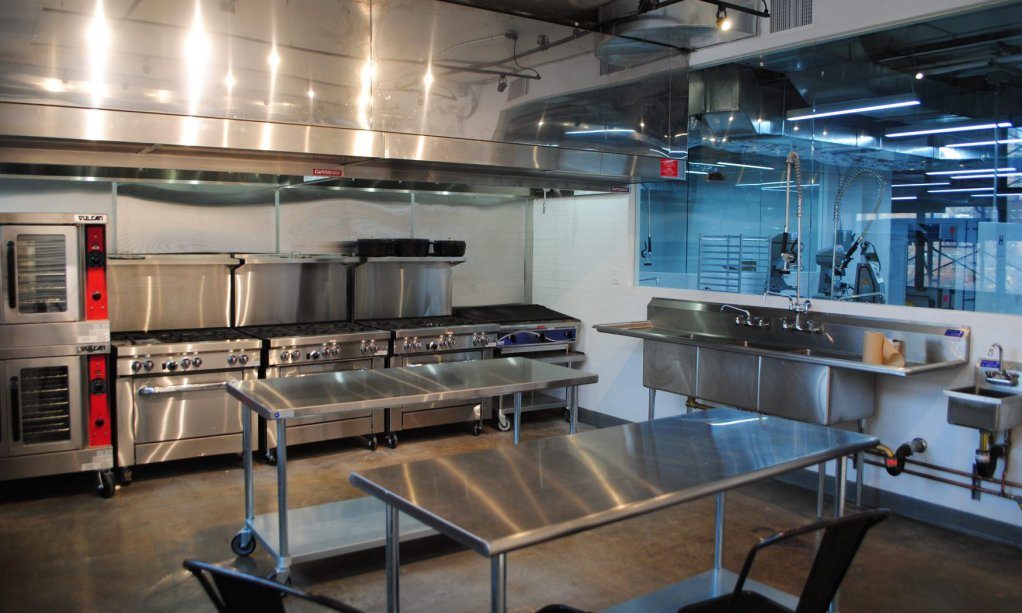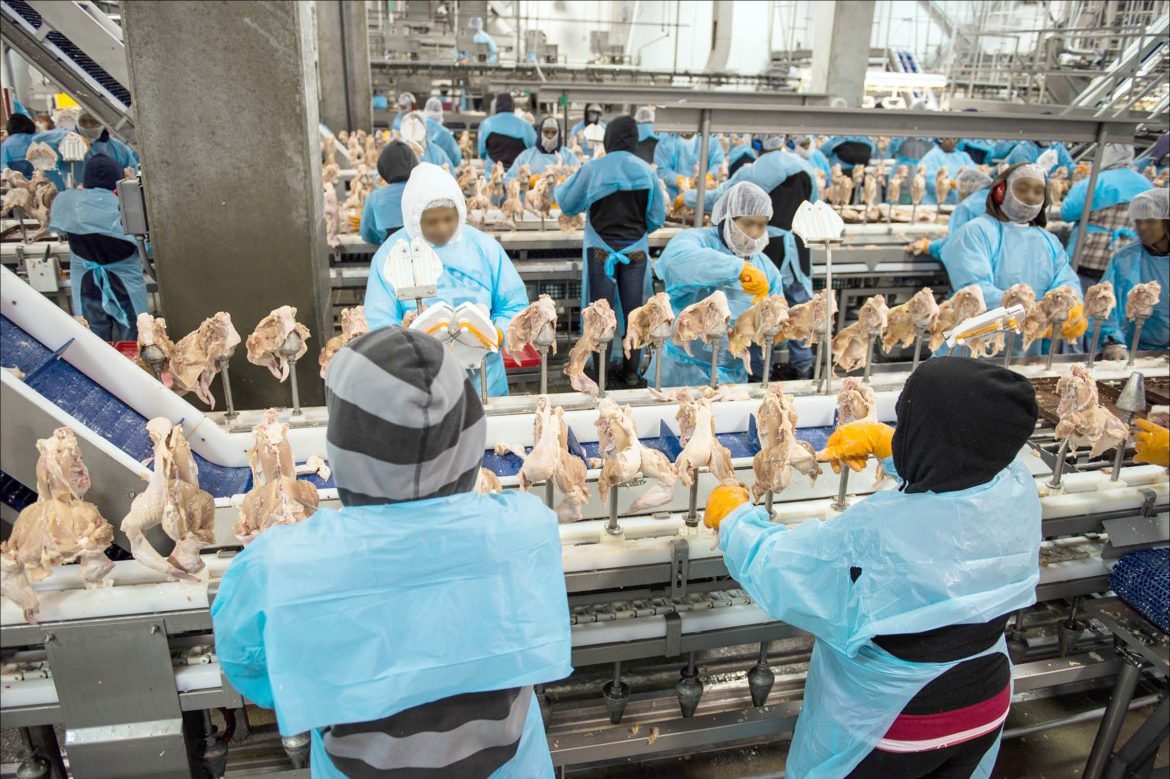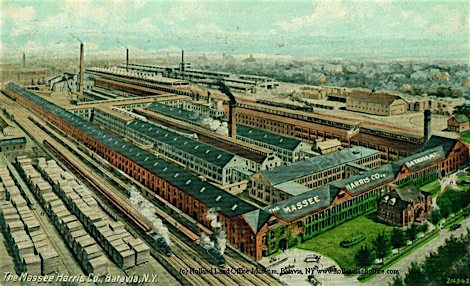
Joe Fassler
In 2013, Philadelphia-based research firm Econsult Solutions authored a report on the state of the food incubator industry. The research was primarily conducted to study real estate feasibility in the food business space. What it revealed can be boiled down to a single word: growth.
Earlier this month, in collaboration with American Communities Trust and Urbane Development, Econsult Solutions released a follow-up to its 2013 report, an effort the firm intends to continue every two years. The number of food incubators in the United States has increased by more than half since that first study.
Here’s your guide: Contextualizing food incubators. Geographic distribution, average size, and average cost. User demographics, business services provided, and product trends. The missing pieces.
 New Food Economy
New Food Economy Data from NBIA and Econsult Solutions
Where are they?
About half of the 200-plus facilities studied were located in urban areas. The South and the West had more incubators than the Northeast and the Midwest. “Cottage food laws—they’re varied by state—might have some sort of influence on distribution,” says Adam Wodka, who authored the 2016 study. Some states allow small business owners to process certain products in their own kitchens, while other states have much more stringent requirements.

How big are these places?
More than two-thirds of incubators had fewer than 30 tenants. Half could accommodate fewer than five tenants at a time. In terms of square footage, they’ve gotten a little bigger over the past few years, but more than three-quarters are still less than 10,000 square feet and a third of them are less than 3,000 square feet. Since 2013, they’ve gotten bigger on average—but only a little.

How much do they cost?
Non-profit incubators are a little more expensive ($23 per hour) than for-profit incubators ($20 per hour). This data is roughly consistent with the 2013 study.

Who’s using them?
The 2013 report found that 61 percent of users are women, 28 percent are low-income, and 32 percent are minorities. The 2016 report did not measure income and showed a decrease in the percentage of female and minority tenants.

What services do they offer?
Most incubators offer help with the basics like licensing and certifications in addition to some business counseling. The study found that incubator tenants are also starting to band together to purchase ingredients and materials in bulk. “Group purchasing is really connecting businesses with both suppliers and customers. That was something that was really shining through—they’re getting a little better at getting businesses to organize and work together, both in terms of selling and buying as group.”

What are people making?
Not surprisingly, tenants are serving up baked goods in 91 percent of incubators. Food trucks saw the biggest jump between 2013 and 2015—the number of incubators hosting food truck owners grew by more than 40 percent in two years.

Here’s Wodka’s take on what they’ve done right:
Formalized the basics: booking space, building entry and exit, set-up and clean-up.
Started collective buying. Nearly 40 percent of incubators are now purchasing ingredients and packaging this way.
Recognized the value to their tenants/members of certifications.
But here’s what’s left to do:
Get serious about the application process (believe it or not, some of them don’t have one.) And get more stringent about acceptance.
Collect data. Share it.
Start thinking about themselves as businesses, too. Success or failure of tenant/members isn’t the only key indicator.
Graphics in this story are reprinted from the original report with permission from Econsult Solutions unless otherwise noted.








